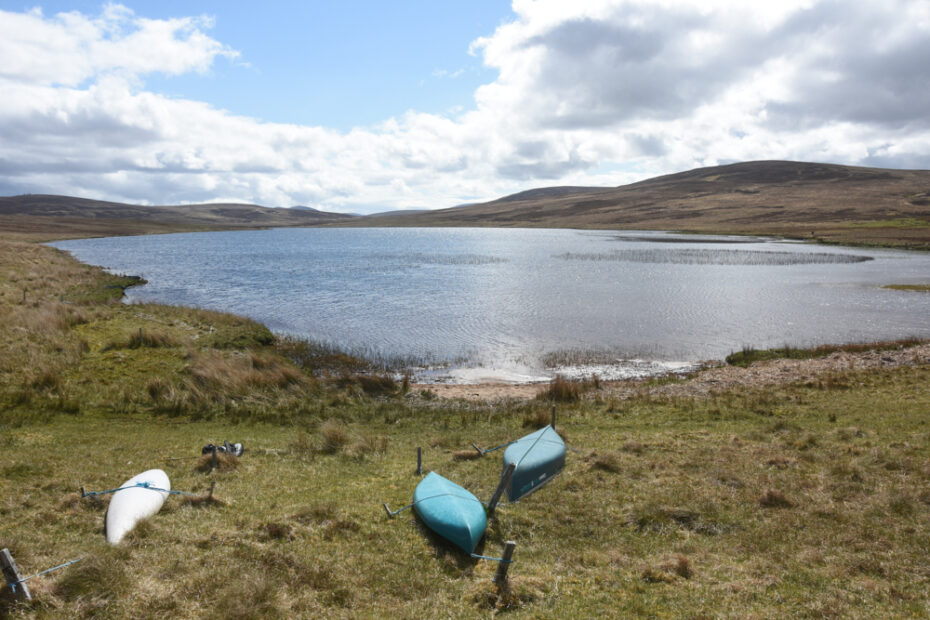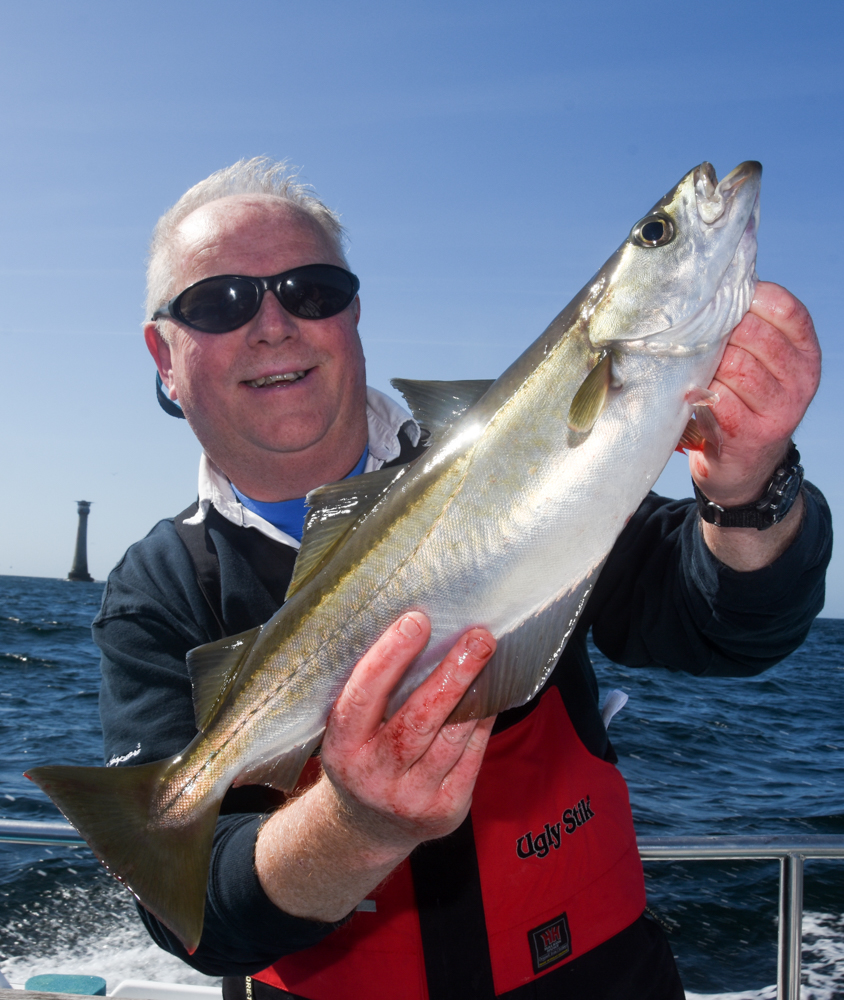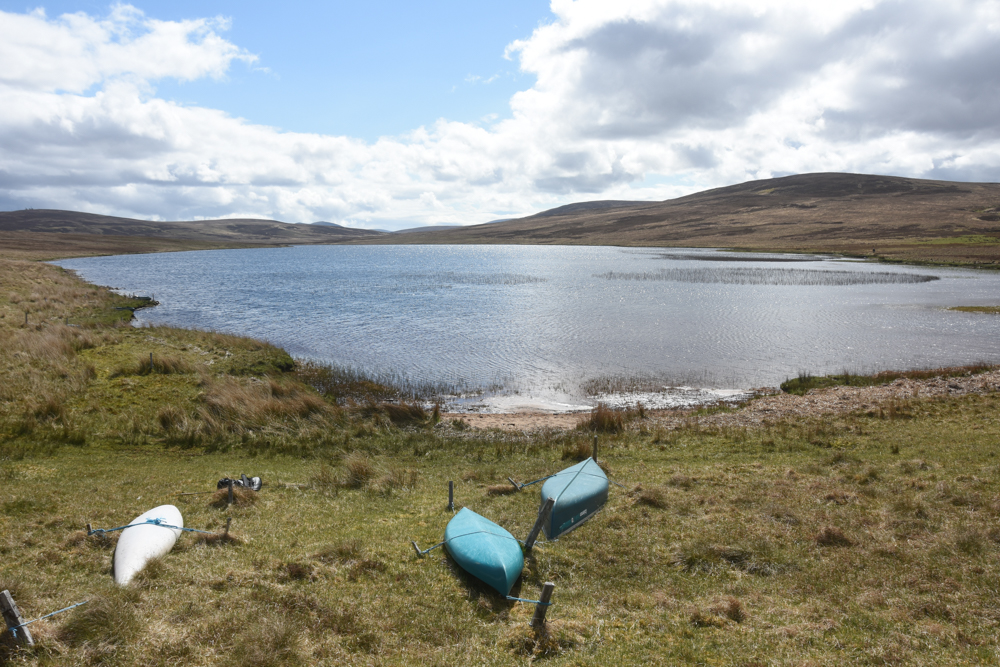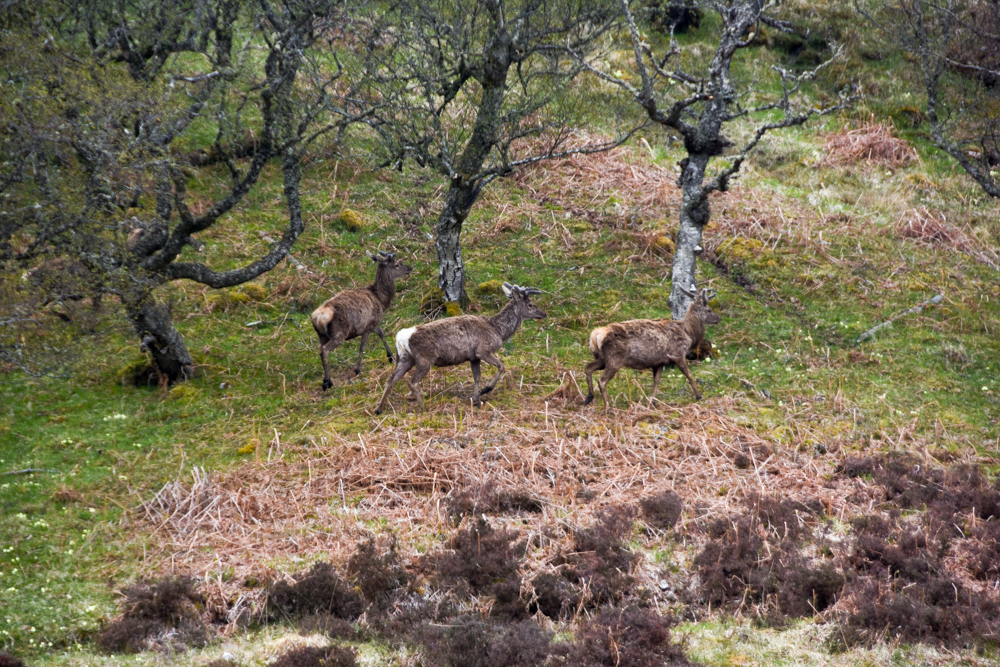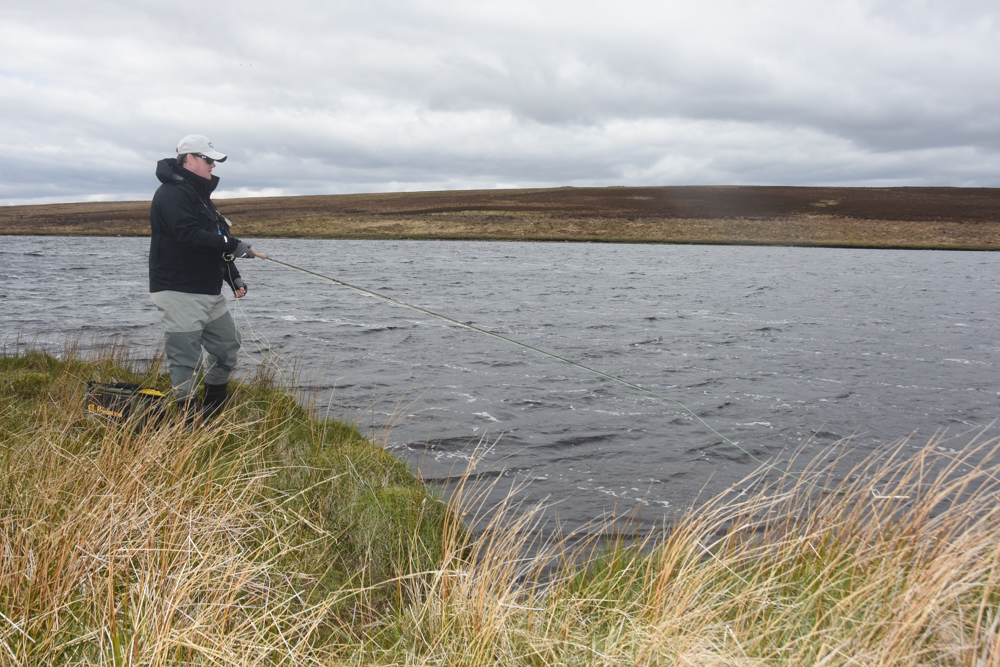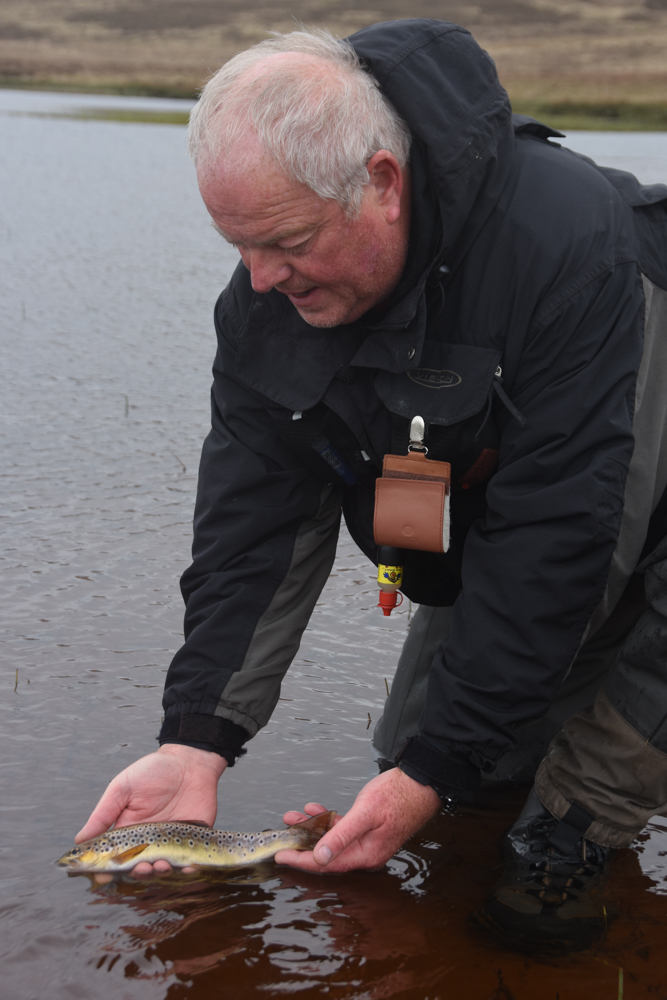There’s been a lot happening over the past few weeks. I didn’t get much time to fish until the beginning of May. Work has to be done, and you just have to knuckle down and do it. In short, after an enforced sabbatical, I was desperate to fish and was looking forward to heading down to Plymouth for the day to fish with Malc Jones on Sea Angler 2. I’d already lost two days with Malc due to rough seas just prior.
The third attempt turned out to be a cracking day weather wise, a light easterly breeze and fairly sunny with a pretty calm sea, bar for a swell from the south. Even though we’ve had a mild winter, that cold March and early April has put the natural cycle of fish back about a month or so, for many areas, and so it proved off Plymouth.
We started off fishing not far away from the Eddystone Lighthouse looking for mackerel and herring. They were nowhere to be seen, not a one! We switched to small fish skin feathers and started picking up a few launce.
Now for some time, I’ve been meaning to check the sandeels I’ve been catching, and though an ultra keen species hunter, I’d neglected to fully identify them, as typically, when catching sandeel deliberately, you’re trying to build some bait stock for the day and time is wasting.
I’d done my homework and made a point of checking each sandeel. I had a few launce with the distinctive black spot just forward of the eyes, but then noticed a sandeel that was different. This had a dark head, but definitely no black spot on the snout. Its head was also slightly deeper in side profile. Only way to tell while on deck was to look at a fold of body skin that runs to a third of the way along the anal fin. If it was continuous, it was a launce, but this fold of skin was interrupted and ran a good two thirds of the the length of the anal fin telling me that this sandeel was indeed a Corbins Sandeel. That puts me on 112 species in UK and Irish waters.
The truth is, without doubt, I’ve caught Corbins sandeel before, and probably Raitt’s sandeel too, but never formally identified them. In future I’ll be making a point of checking all the sandeels I catch, immaterial of how desperate we are to catch bait!
We moved on to reef ground targeting pollack, and though we had plenty of fish to 5lbs or so on the fresh sandeel, the bigger fish were obviously still yet to arrive. Isn’t it always the way, just a couple of weeks later Malc was hitting double figure pollack as the bigger ones suddenly moved in.
Next up was a trip to Sutherland in Scotland and the beautiful Borrobol Estate. My lad and I booked a cottage for a few days, with fishing included on the remote Loch Ascaig. What a place! It’s one one of the remotest areas in the whole of Europe. At night the red deer came right down to the house. And if you took a moment off from fishing, stopped and listened, it was stony silence all around. A few curlew, a distant grouse, a few swallows working the water, and the distant by day red deer were our only companions.
The loch is home to true native wild brown trout. They average only 6oz to 8ozs, but fight like demons and sport the most amazing colours, with each one a distinct individual.
Our homework suggested the fly to have was the Loch Ordie pattern, and I duly tied a few of my own design. On the first day I fished the Ordie on the top dropper, with a Diawl Bach nymph on the point. The Ordie took five fish for me, and the DB just one, though that was a better fish that looked over a half pound. Mike Jr was experimenting and found that a Blue Zulu on the dropper was a killer too. Problem was, we only had a couple between us. However, sensibly, he’d brought a small fly tying kit with him, and we managed to scrounge some light blue wool and made a few up.
These proved a killer, and along with the Ordie, the DB and simple black nymph I tie up myself, these were the only flies we needed. The fish were working high up in the water column, but spotting the dark patterns against the sky through the peat stained water. Their take was savage, and several fish honestly took a little line initially, such is their power and strength. Some jumped a good 3-feet clear of the surface too, when they felt the hook.
It was windy most days, as you’d expect in mid May, and the wind was in a different direction each day too, but we had 48 fish between us in four sessions. Even though it was very windy at times, I stuck to my favourite 5W rod and found it no real handicap. It was interesting, but not surprising, to see that the trout took freely in the rougher weather with a good wave on the water, but when it went calmer on the last day we had to drop to 3lb and 4lb tippets just to get half hearted pulls. These wild fish might be hungry and little fished for, but they ain’t daft!
Next plan is to get the bass plugging gear out. The bass were late arriving here in the north of Cardigan Bay as the crab were not peeling properly until the end of May, so there was no real food supply for the bass to mop up. The mullet were also late turning up, but have now arrived and my mullet gear is sat ready and waiting for the next set of spring tides. I’ve also got my salmon and sea trout tackle ready, and when we get a good belt of rain that lifts the river, I’ll be out after a silver tourist.
Next blog we’ll have a chat about smoothound and a trip I made with Gethyn Owen on My Way out of Holyhead.
